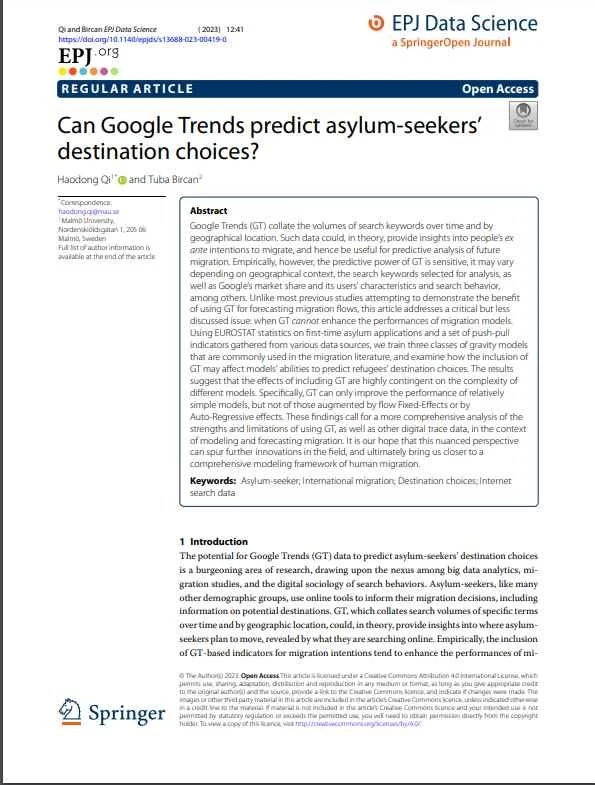By: The European Parliament
The number of border walls and fences worldwide has increased dramatically in recent decades. This also holds for the EU/Schengen area, which is currently surrounded or criss-crossed by 19 border or separation fences stretching for more than 2 000 kilometres (km). Between 2014 and 2022, the aggregate length of border fences at the EU's external borders and within the EU/Schengen area grew from 315 km to 2 048 km. Two main official reasons are put forward for building border fences: to prevent irregular migration and combat terrorism. The construction of fences at EU borders raises important questions as to their compatibility with EU law, in particular the Schengen Borders Code, fundamental rights obligations, and EU funding rules on borders and migration. While border fences are not explicitly forbidden under EU law, their construction and use must be in accordance with fundamental rights (such as the right to seek international protection) and the rights and procedural safeguards provided by EU migration law. Amid renewed pressure and tensions at the EU's external borders, in 2021, several Member States asked the European Commission to allow them the use of EU funds to construct border fences, which they regarded as an effective border protection measure against irregular migration. According to Regulation (EU) 2021/1148, EU funding can support 'infrastructure, buildings, systems, and services' required to implement border checks and border surveillance. The Commission has so far resisted demands to interpret this provision as allowing for the construction or maintenance of border fences. The European Parliament has condemned the practice of 'pushbacks' at the EU borders consistently, expressing deep concern 'about reports of severe human rights violations and deplorable detention conditions in transit zones or detention centers in border areas'. Moreover, Parliament stressed that the protection of EU external borders must be carried out in compliance with relevant international and EU law, including the EU Charter of Fundamental Rights.
Strasbourg, France, European Parliament 2023. 8p.

























